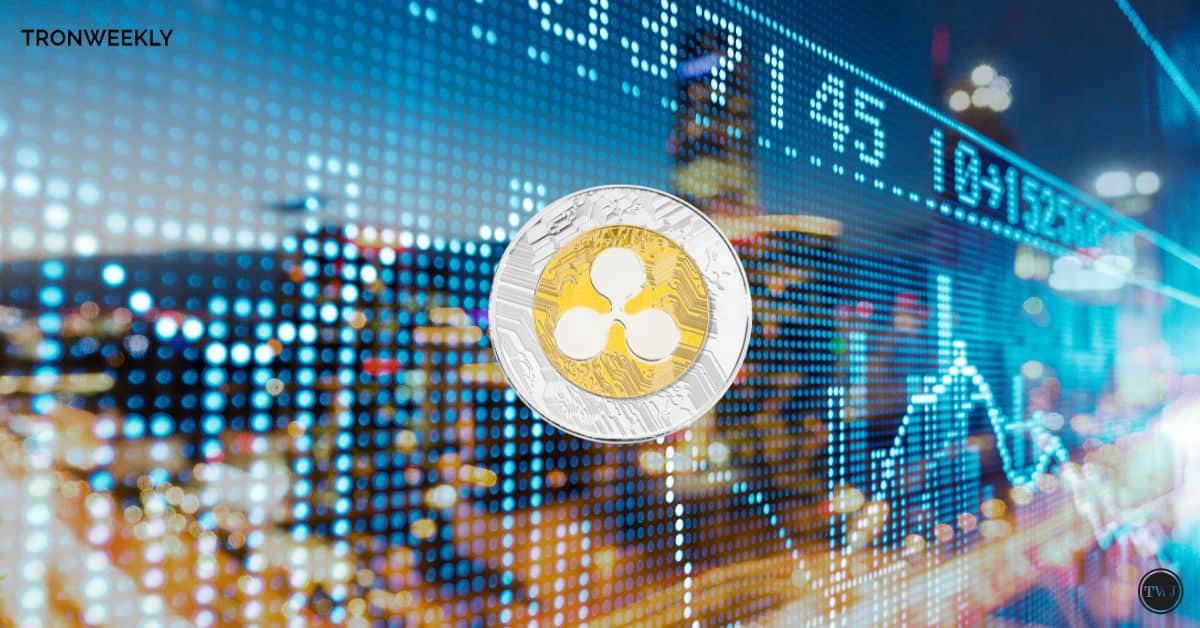
Ripple is making waves again, this time with its foray into the stablecoin realm; the company has announced plans to unveil a stablecoin of its own which will be a digital asset pegged to the US dollar at 1:1 ratio. This move is set to fill the gap between traditional finance and the emerging crypto space.
Accordingly, as per Ripple, their stablecoin will have a strong reserve consisting of USD deposits, short-term US government treasuries and other cash equivalents. Remarkably enough, the company assures that it’s full transparency by subjecting its reserve assets to rigorous monthly audits by reputable third-party accounting firms.
The strategic move was also expressed confidently by Brad Garlinghouse, Ripple’s CEO, with reference to the increasing need of trust, stability and utility provided by stablecoins. The aim of Ripple is to tap into this lucrative landscape since it is expected that stablecoin market will reach $2.8 trillion in 2028.
In an interview, Ripple’s CTO, David Schwartz, emphasized the solidity of their approach, stating, “What we think is going to be our differentiator is going to be the fact that the assets are going to be in dollars, Treasuries – rock solid.” He stressed that the company’s focus on long-term growth and stability would rather opt against short-term profits from trade.
However, the company considers this move as business sense amidst its ongoing litigation with the US Securities and Exchange Commission (SEC). According to Schwartz, the companies would find an offering of stablecoin products very attractive especially when interest on credit is low.
Ripple’s Vision And Impact
Moreover, Ripple intends to revive the decentralized finance (DeFi) ecosystem using XRP Ledger’s capabilities. Monroe Long, President at Ripple, stressed that XRP Ledger, as well as Ethereum blockchains, are central in facilitating wide adoption of the stablecoin across different ecosystems.
Its stablecoin is built on an infrastructure that meets the needs of businesses in terms of being concerned about compliance and its ability to be traded on decentralized exchanges. The company has a vast range of licenses as well as transparent reserve practices which makes it clear that its commitment is full regulatory compliance.
The company’s stablecoin will facilitate new possibilities for institutional and DeFi applications. By doing this, liquidity and innovation between blockchain platforms would develop. With multichain compatibility and a transparent reserves system, Ripple wants to define a new era of stablecoins.










